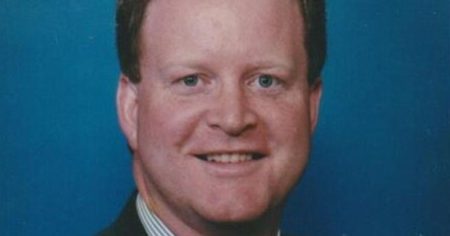Christine Cornell provided a detailed account of the former president’s behavior and demeanor during his court appearance. She described how he carried himself confidently and displayed a sense of authority and control throughout the proceedings. Cornell noted that the former president appeared unruffled and composed, maintaining a calm and collected demeanor despite the gravity of the situation. She observed how he interacted with his legal team, showing a sense of camaraderie and collaboration as they worked together to present his case. Overall, Cornell painted a picture of a man who exuded confidence and composure even in the face of legal challenges.
Furthermore, Cornell highlighted the former president’s interactions with the court and the judge during the proceedings. She noted that he remained respectful and cooperative, addressing the court with deference and adhering to the rules and protocols of the legal system. She described how he engaged with the judge in a professional manner, listening attentively to her instructions and responding thoughtfully to her questions. Cornell emphasized that the former president demonstrated a level of respect for the judicial process and the authority of the court, indicating a willingness to participate in a fair and impartial legal proceeding.
In addition, Cornell detailed the former president’s interactions with the media and the public outside of the courtroom. She noted how he carried himself with confidence and poise, projecting a sense of assurance and control in front of the cameras and reporters. She described how he addressed the media with a measured tone and articulate manner, conveying a sense of transparency and openness in his communication. Cornell highlighted how the former president utilized the media as a platform to present his side of the story and attempt to shape the narrative surrounding his legal troubles.
Moreover, Cornell discussed the reactions of onlookers and spectators to the former president’s comportment in court. She noted that many observers were impressed by his confident and composed demeanor, with some expressing admiration for his ability to remain calm under pressure. However, she also acknowledged that there were critics who viewed his behavior as overly confident or dismissive of the seriousness of the charges against him. Cornell highlighted the polarizing nature of the former president’s public persona, with some viewing him as a strong and assertive leader while others saw him as arrogant or aloof.
Furthermore, Cornell touched on the potential implications of the former president’s comportment in court on his legal case and public perception. She noted that his confident and composed demeanor could be perceived as a sign of strength and resilience, potentially swaying public opinion in his favor. However, she also warned that his behavior could be seen as dismissive or arrogant, alienating some individuals and undermining his credibility in the eyes of the public. Cornell emphasized the importance of striking a balance between projecting confidence and humility in order to navigate the legal system effectively and preserve one’s reputation in the eyes of the public.
Overall, Cornell provided a nuanced and insightful analysis of the former president’s comportment in court, highlighting both the positive and negative aspects of his behavior. She observed how he projected confidence and composure throughout the legal proceedings, engaging with the court, his legal team, and the media in a professional and respectful manner. However, she also noted the potential pitfalls of his behavior, warning that his demeanor could be interpreted in different ways by different individuals. Cornell’s detailed account shed light on the complex interplay between personality, perception, and credibility in the context of a high-profile legal case.














